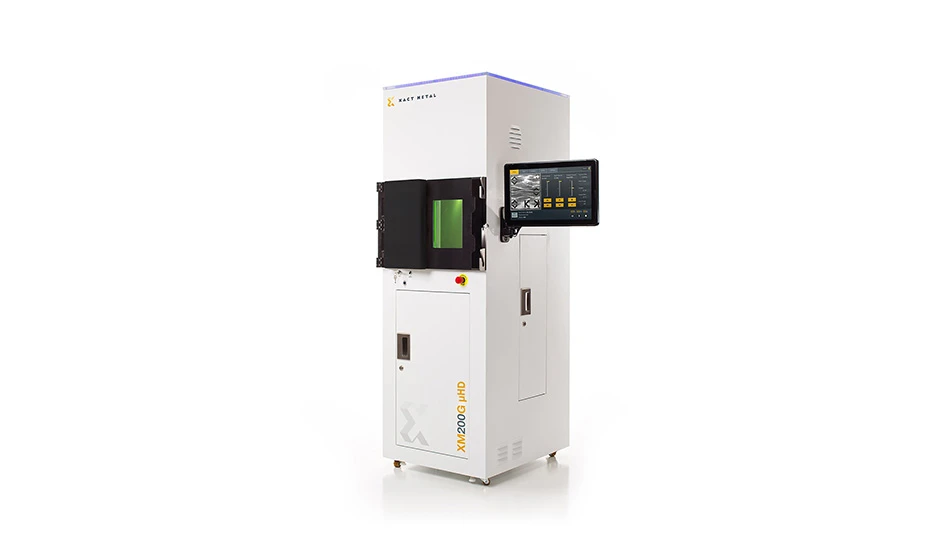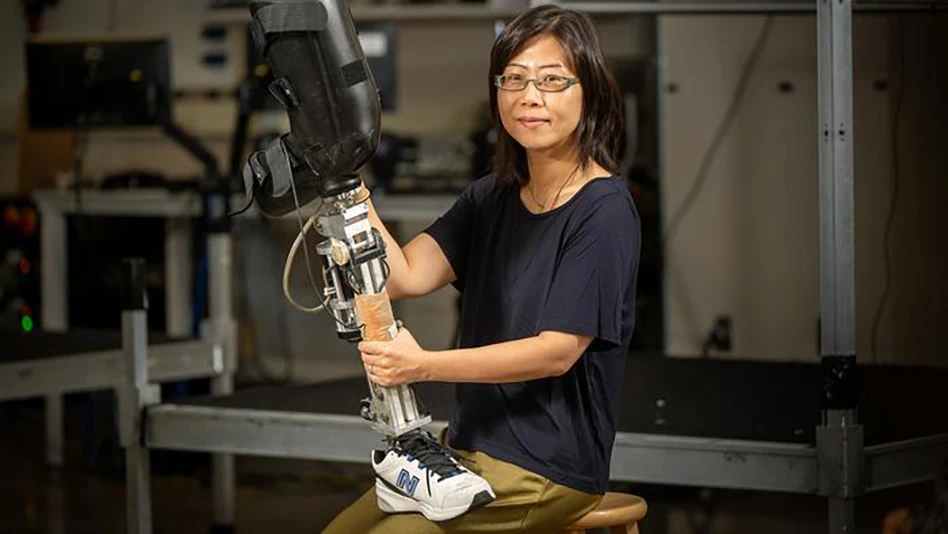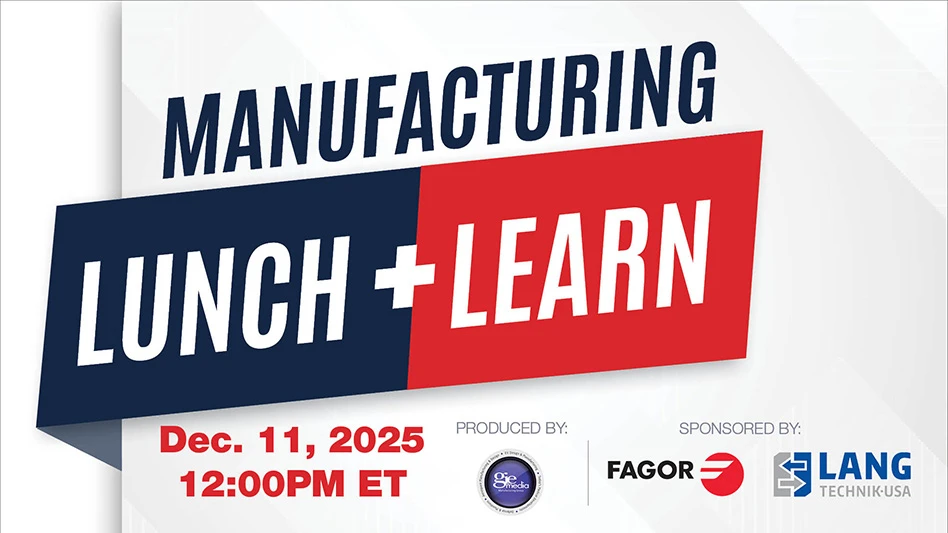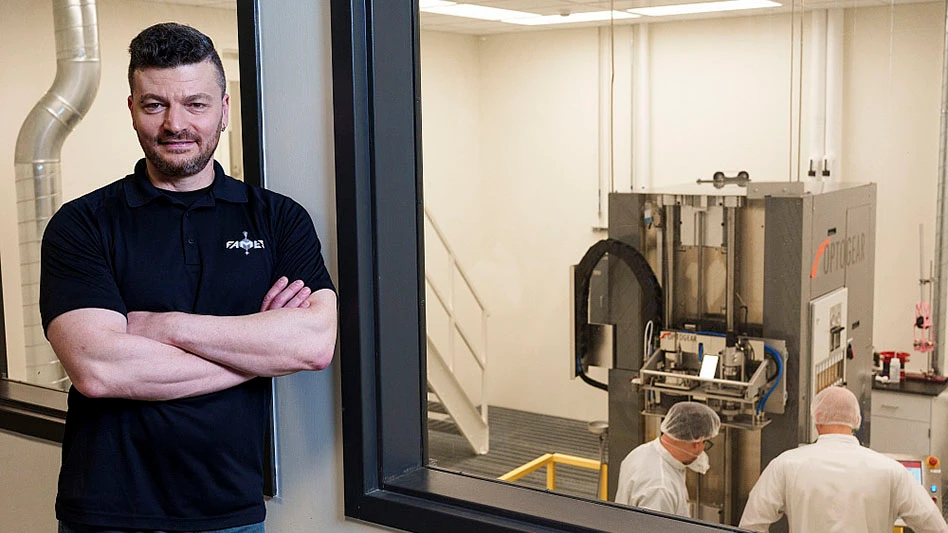
Lodi, California and Embrach, Switzerland – Fluid systems in medical devices are becoming compact and more sophisticated. The traditionally used syringe pumps seem no longer able to keep up with the new requirements in terms of size, cost and performance. Valve-less piston pumps that combine the benefits of syringe pumps with lower cost and higher performance, could be the solution of the future.
Historically, syringe pumps have long been the mainstay in dispensing and metering applications because they can be accurately controlled and have very good dispense accuracy. An additional benefit is their inherent high-pressure capability. On the down side, they are costly and bulky and require a long refill time.
Ceramic piston pumps with rotary and linear movement
The Swiss quality manufacturer of gear pumps and piston pumps Diener Precision Pumps has developed an alternative solution for medical devices. John Bishop, director of sales and marketing at Diener Precision Pumps, explains that ”ceramic piston pumps, which support both rotary and linear movement and use longer displacements and higher speeds, meet all necessary requirements. The pump can fill quickly and still dispense with high accuracy, following a sinusoidal dispense/fill curve.”
Long life, less costs and accuracy over time
By carefully designing the pump´s geometry, life-limiting check valves are eliminated. This increases pump life and reduces cost. Accuracy is maintained using very tight operating clearances, typically in the 2µm to 3µm range. In addition, ceramic is extremely strong and can only be treated with diamonds. Ceramic pumps can therefore be used over the entire lifecycle of an appliance without losing precision and dispensing accuracy. Later adjustments and maintenance services are not needed. Typically, the only wetted parts are alumina ceramic, PTFE, and a polypropylene seal material. The wear of the mating ceramics is undetectable after thousands of hours of operation, meaning that the pumps maintain their accuracy over time.
Great deal of design flexibility
A variety of piston sizes and strokes, combined with adjustable displacement features built in to the pump head give the end user a great deal of design flexibility. The inherent design simplicity allows fewer parts and a wider selection of inert materials. Sensors can be included to monitor speed, temperature, and pressure/vacuum. Combining these features reduces initial costs and results in a very long life fluid delivery system.
Source: Diener Precision Pumps
Latest from Today's Medical Developments
- GrindingHub Americas launches in 2027 in Cincinnati, Ohio
- Methods Machine Tools now offers the Nakamura-Tome NT-Flex
- Battelle awards $900,000 in STEM education grants to Ohio schools
- #55 Lunch + Learn Podcast with KINEXON
- Starrett and Gerstner offer limited edition, American made 1950s replica wooden machinist tool chests
- EMCO’s UNIVERSALTURN 50: The new benchmark in universal turning
- Archetype's Expertise for Equity accelerates early-stage innovation
- Stratasys expands its AM solutions with Tritone's cutting-edge technology





